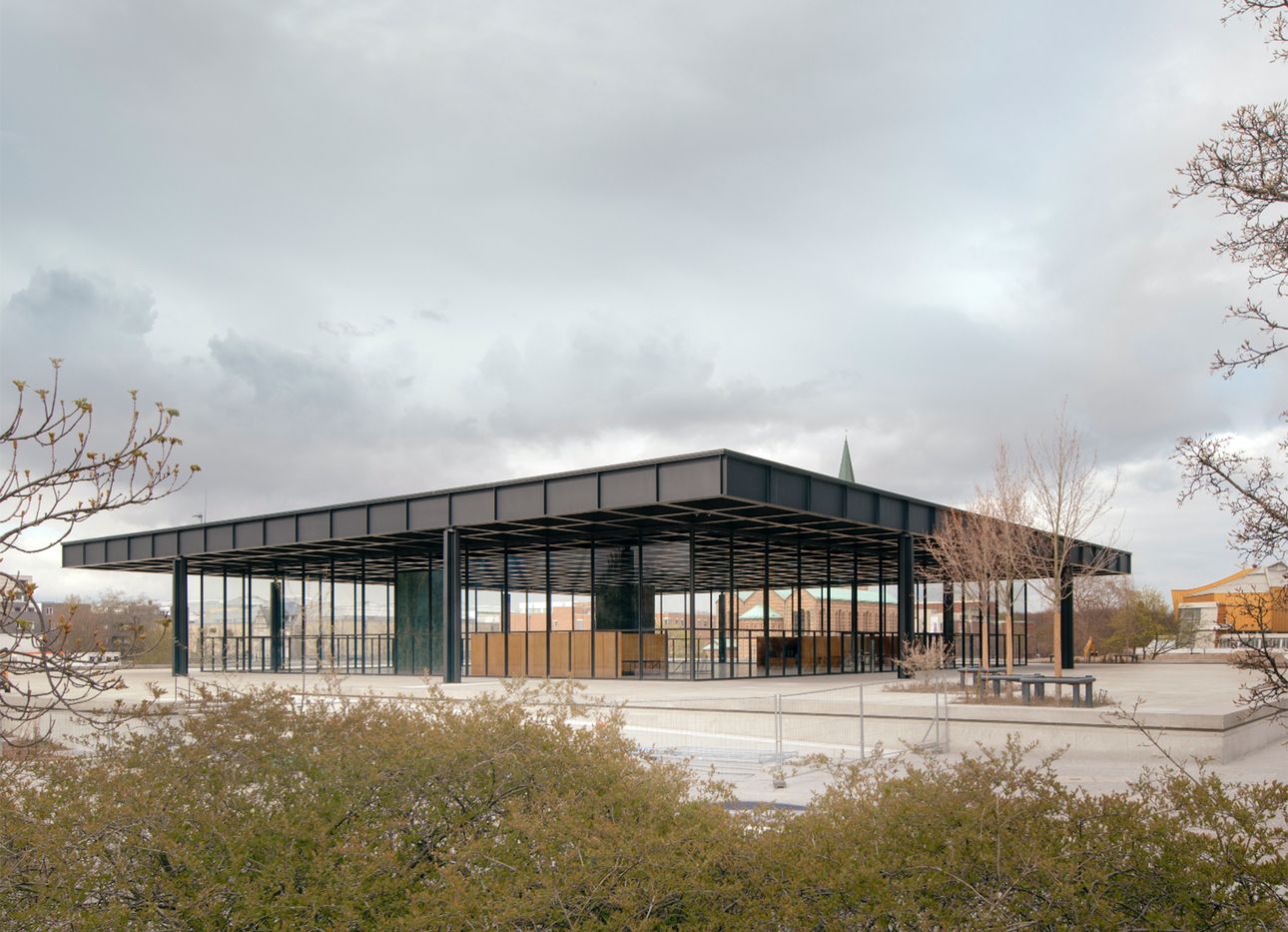
David Chipperfield Sets a New Stage for Mies van der Rohe’s Neue Nationalgalerie in Berlin
When architect Mies van der Rohe first used the now infamous—and often riffed-on—phrase “Less is more,” it was in reference to a factory in Berlin in the early 1900s. The story goes that there was very little room for experimental or creative design for the utilitarian building that he was renovating, and his mentor at the time advised that doing less might be the answer. Regardless of how the phrase came about, the idea is visible across van der Rohe’s work—as well as in his influence on contemporary architects.
Case in point: On the occasion of this month’s reopening of Berlin’s Neue Nationalgalerie (on August 22, after six years of renovation), originally designed by van der Rohe in 1968, British architect David Chipperfield describes how his team took up this mantra in their own approach to the renovation. The project was focused on getting the building up to contemporary technical standards while maintaining as much of the building’s original fabric as possible—and “as much Mies,” as the firm was directed. David Chipperfield Architects made important improvements of their own, nonetheless: The building is now operating at standards that will reduce energy consumption and has accessible, barrier-free entry for the first time.
As Chipperfield puts it, “Taking apart a building of such unquestionable authority has been a strange experience but a privilege. Our work was surgical in nature, addressing technical issues to protect this vision. Certainly, carrying out such a task in a building that leaves no place to hide is daunting, but we hope to have returned this beloved patient seemingly untouched except for it running more smoothly.”
The museum reopens with an exhibition of Alexander Calder sculptures and mobiles, specifically conceptualized to enter into dialogue with van der Rohe’s glass hall in the building; a solo exhibition of sculptural and film works by the artist Rosa Barba; and “The Art of Society,” featuring works from the Nationalgalerie collection that speak to connections between art and social progress—a collection that, much like the essentialist building it’s housed in, remains wholly contemporary.